Effects of sustained i.c.v. infusion of lupus CSF and autoantibodies on behavioral phenotype and neuronal calcium signaling
- PMID: 28882191
- PMCID: PMC5590168
- DOI: 10.1186/s40478-017-0473-1
Effects of sustained i.c.v. infusion of lupus CSF and autoantibodies on behavioral phenotype and neuronal calcium signaling
Abstract
Systemic lupus erythematosus (SLE) is a potentially fatal autoimmune disease that is often accompanied by brain atrophy and diverse neuropsychiatric manifestations of unknown origin. More recently, it was observed that cerebrospinal fluid (CSF) from patients and lupus-prone mice can be neurotoxic and that acute administration of specific brain-reactive autoantibodies (BRAs) can induce deficits in isolated behavioral tasks. Given the chronic and complex nature of CNS SLE, the current study examines broad behavioral performance and neuronal Ca2+ signaling in mice receiving a sustained infusion of cerebrospinal fluid (CSF) from CNS SLE patients and putative BRAs (anti-NR2A, anti-ribosomal P, and anti-α-tubulin). A 2-week intracerebroventricular (i.c.v.) infusion of CSF altered home-cage behavior and induced olfactory dysfunction, excessive immobility in the forced swim test, and perseveration in a learning task. Conversely, sustained administration of purified BRAs produced relatively mild, both inhibitory and stimulatory effects on olfaction, spatial learning/memory, and home-cage behavior. In vitro studies revealed that administration of some CSF samples induces a rapid influx of extracellular Ca2+ into murine neurons, an effect that could be partially mimicked with the commercial anti-NR2A antibody and blocked with selective N-methyl-D-aspartate (NMDA) receptor antagonists. The current findings confirm that the CSF from CNS SLE patients can be neuroactive and support the hypothesis that intrathecal BRAs induce synergistically diverse effects on all domains of behavior. In addition, anti-NMDA receptor antibodies may alter Ca2+ homeostasis of central neurons, thus accounting for excitotoxicity and contributing to the heterogeneity of psychiatric manifestations in CNS SLE and other autoantibody-related brain disorders.
Keywords: Anti-NMDA receptor; Anti-ribosomal P; Anti-α-tubulin; Autoimmunity; Brain-reactive autoantibodies; CNS SLE; Cerebrospinal fluid.
Conflict of interest statement
Ethics approval and consent to participate
The original CSF and serum samples were collected for diagnostic purposes and 1 ml of each fluid was donated for research after approval by the Ethics committee of “Bezanijska Kosa” hospital (Belgrade, Serbia) and informed consent from lupus patients. All further procedures performed in studies involving human tissue were performed in accordance with the ethical standards of the institutional and/or national research committee and with the 1964 Helsinki Declaration and its later amendments or comparable ethical standards. All applicable national (CCAC) and institutional guidelines (McMaster University Animal Ethics Research Board, AUP 15-04-16) for the care and use of animals were followed.
Competing interests
The authors declare that they have no competing interests.
Publisher’s Note
Springer Nature remains neutral with regard to jurisdictional claims in published maps and institutional affiliations.
Figures
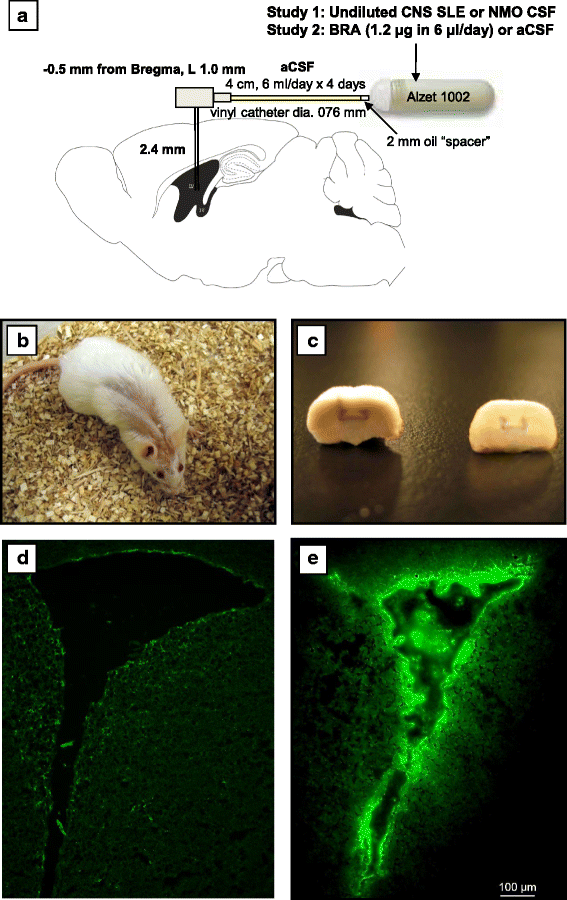
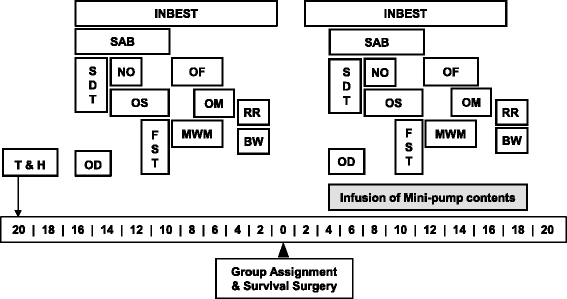
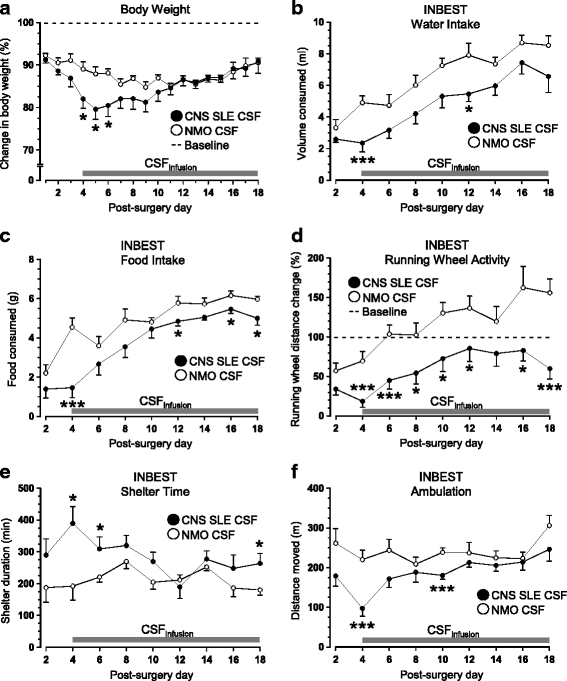
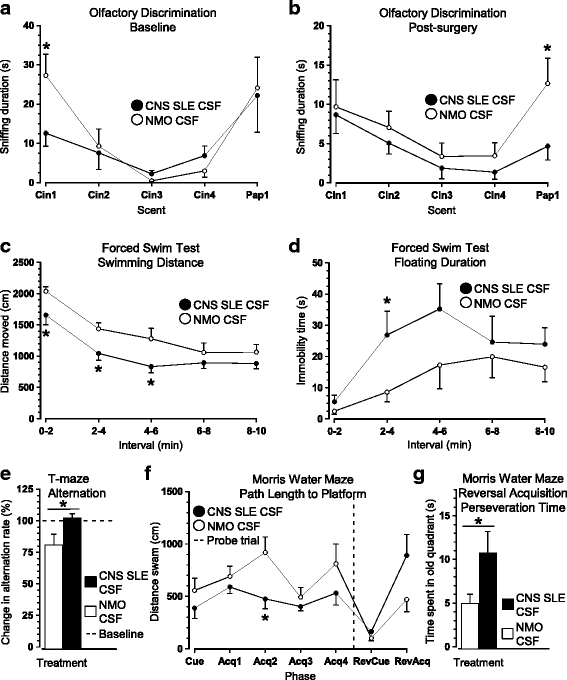
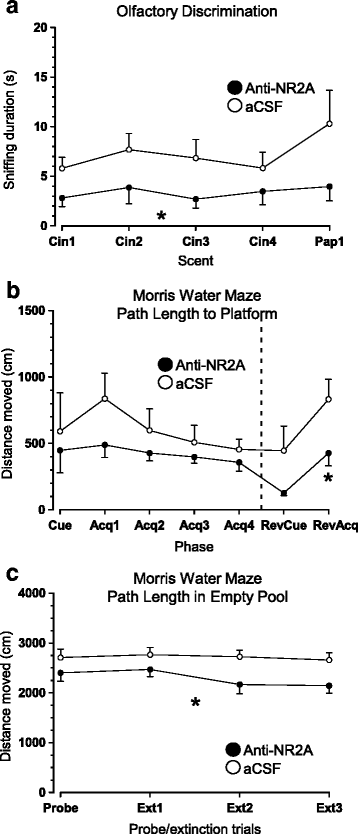
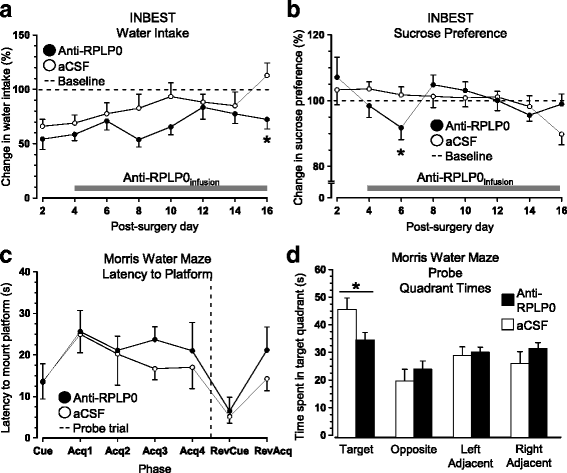

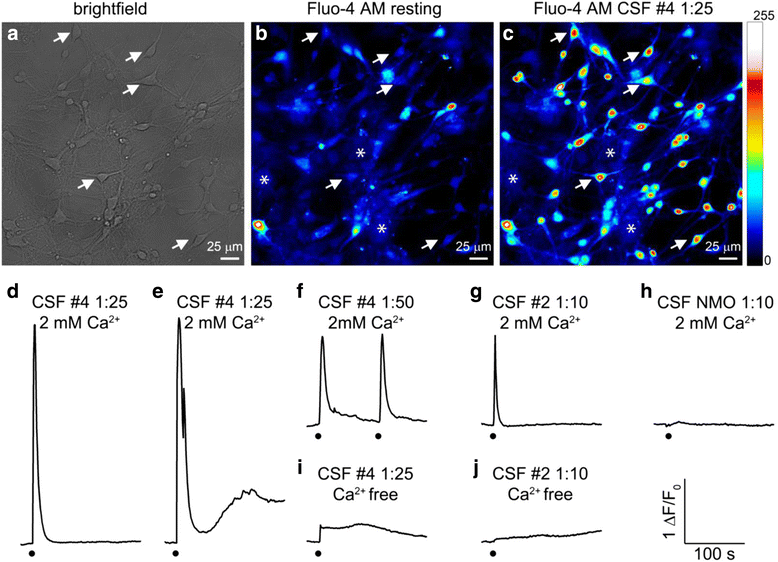
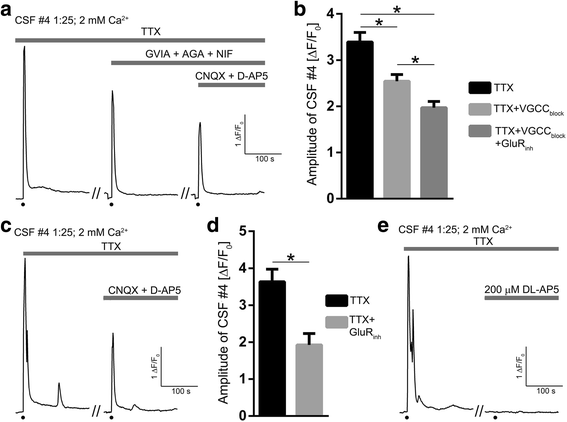
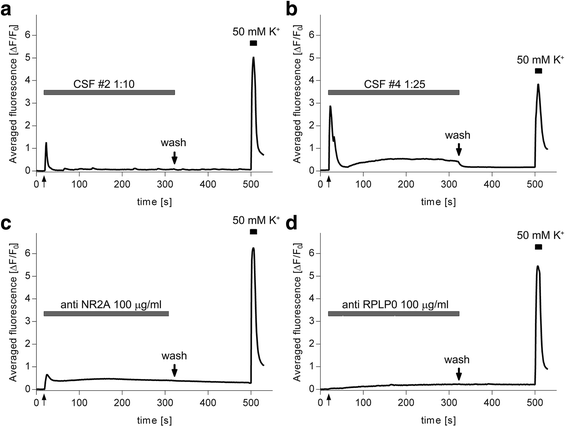
Similar articles
-
Glutamate receptor antibodies in neurological diseases: anti-AMPA-GluR3 antibodies, anti-NMDA-NR1 antibodies, anti-NMDA-NR2A/B antibodies, anti-mGluR1 antibodies or anti-mGluR5 antibodies are present in subpopulations of patients with either: epilepsy, encephalitis, cerebellar ataxia, systemic lupus erythematosus (SLE) and neuropsychiatric SLE, Sjogren's syndrome, schizophrenia, mania or stroke. These autoimmune anti-glutamate receptor antibodies can bind neurons in few brain regions, activate glutamate receptors, decrease glutamate receptor's expression, impair glutamate-induced signaling and function, activate blood brain barrier endothelial cells, kill neurons, damage the brain, induce behavioral/psychiatric/cognitive abnormalities and ataxia in animal models, and can be removed or silenced in some patients by immunotherapy.J Neural Transm (Vienna). 2014 Aug;121(8):1029-75. doi: 10.1007/s00702-014-1193-3. Epub 2014 Aug 1. J Neural Transm (Vienna). 2014. PMID: 25081016 Review.
-
Antibodies and the brain: anti-N-methyl-D-aspartate receptor antibody and the clinical effects in patients with systemic lupus erythematosus.Curr Opin Neurol. 2018 Jun;31(3):294-299. doi: 10.1097/WCO.0000000000000554. Curr Opin Neurol. 2018. PMID: 29474315 Review.
-
Intrathecal antibodies and brain damage in autoimmune MRL mice.Brain Behav Immun. 2010 Feb;24(2):289-97. doi: 10.1016/j.bbi.2009.10.009. Epub 2009 Oct 21. Brain Behav Immun. 2010. PMID: 19853033
-
Serum and cerebrospinal fluid autoantibodies in patients with neuropsychiatric lupus erythematosus. Implications for diagnosis and pathogenesis.PLoS One. 2008 Oct 6;3(10):e3347. doi: 10.1371/journal.pone.0003347. PLoS One. 2008. PMID: 18836530 Free PMC article.
-
Neuropsychiatric disease in Sjögren's syndrome: anti-ribosomal P and anti-neuronal antibodies.Am J Med. 1993 Aug;95(2):153-60. doi: 10.1016/0002-9343(93)90255-n. Am J Med. 1993. PMID: 8356981
Cited by
-
The diverse and complex modes of action of anti-NMDA receptor autoantibodies.Neuropharmacology. 2021 Aug 15;194:108624. doi: 10.1016/j.neuropharm.2021.108624. Epub 2021 May 31. Neuropharmacology. 2021. PMID: 34081993 Free PMC article. Review.
-
The MRL Model: A Valuable Tool in Studies of Autoimmunity-Brain Interactions.Methods Mol Biol. 2025;2868:221-246. doi: 10.1007/978-1-0716-4200-9_12. Methods Mol Biol. 2025. PMID: 39546233 Review.
-
Inhibition of ACSL4 Attenuates Behavioral Deficits by Regulating Ferroptosis in a Murine Model of Systemic Lupus Erythematosus.Int J Mol Sci. 2025 Apr 10;26(8):3553. doi: 10.3390/ijms26083553. Int J Mol Sci. 2025. PMID: 40332005 Free PMC article.
-
Constitutive knockout of interleukin-6 ameliorates memory deficits and entorhinal astrocytosis in the MRL/lpr mouse model of neuropsychiatric lupus.J Neuroinflammation. 2024 Apr 10;21(1):89. doi: 10.1186/s12974-024-03085-9. J Neuroinflammation. 2024. PMID: 38600510 Free PMC article.
-
The greatest contribution to medical science is the transformation from studying symptoms to studying their causes-the unrelenting legacy of Robert Koch and Louis Pasteur-and a causality perspective to approach a definition of SLE.Front Immunol. 2024 Feb 1;15:1346619. doi: 10.3389/fimmu.2024.1346619. eCollection 2024. Front Immunol. 2024. PMID: 38361929 Free PMC article.
References
MeSH terms
Substances
LinkOut - more resources
Full Text Sources
Other Literature Sources
Medical
Miscellaneous

